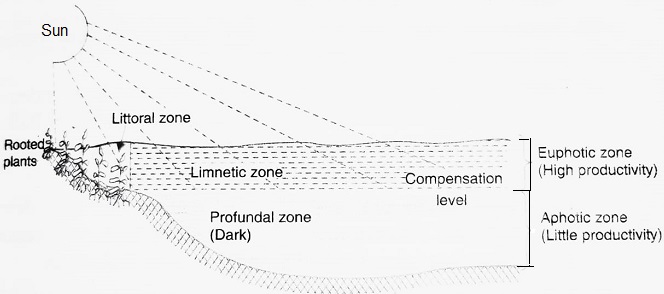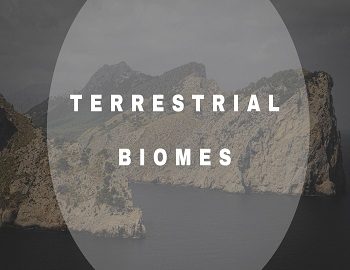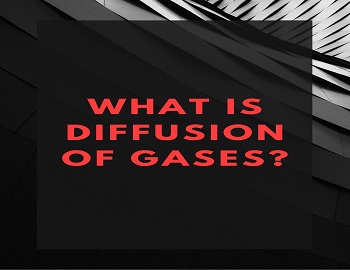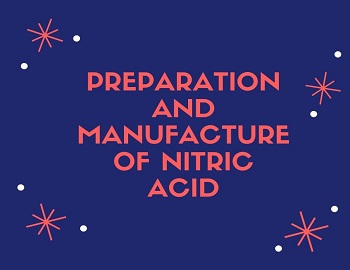Table of Contents
Standing Water Ecosystems:
The ponds and lakes are stagnant inland waters.
Pond Ecosystem:
It is a small freshwater aquatic ecosystem. Ponds may be seasonal in nature i.e. receiving enough water during the rainy season. Ponds are usually shallow water bodies that play a very important role in the villages where most of the activities centre around ponds. They contain several types of algae, aquatic plants, insects, fishes and birds. The ponds are, however, very often exposed to tremendous anthropogenic (human-generated) pressures. They are used for washing clothes, bathing, swimming, cattle bathing and drinking etc. and therefore get polluted.
Lake Ecosystem:
Lakes are large water bodies spread over large areas with a depth of several metres. They may be man-made (for example- dams, reservoirs) or natural originating directly from melting glaciers or as oxbow lakes from rivers.
Zonation in a Pond or Lake Ecosystem:
Littoral Zone- The shallow water zone of a pond or a lake is called a littoral zone. Principal produces of this zone are rooted plants like Sagittaria, Ranunculus and Cyperus. Some molluscs and insects are primary consumers whereas snakes, frogs etc. are secondary consumers of this zone.
Limnetic Zone- The limnetic zone is the open water beyond the littoral zone away from the shore. It extends down as far as sunlight penetrates. Animals of this zone are microscopic zooplankton and phytoplankton. Large fishes are also found here though they visit the littoral zone for feeding.
Profundal Zone- This is the dark zone of a pond or lake. Usually, it does not contain producers. Tortoises and big fishes go for rest in this zone. However, this zone teams up with vast varieties of decomposers who decompose dead body parts of plants and animals deposited in the bottom as sediment.

On the basis of their productivity lake and pond ecosystems are of two types:
Oligotrophic Water Body- It is poor in biota due to the absence of nutrient circulation, presence of excess salts (example- Sambar Lake of Rajasthan), steep rocky margins, excessive depth etc. Washing of detritus from land may support some animals. Blue-green algae may occur in some.
Eutrophic Water Body- Euotrophic water bodies are generally shallow and are rich in nutrients and life. They have little oxygen because decomposer organisms rapidly use it up, metabolizing the organic matter produced by other organisms. Example- Dal lake of Kashmir. It is steadily filled in with minerals and organic matter and becomes more eutrophic as it ages. Natural eutrophication takes thousands of years, but the process may be speeded up to take only a few years if the lake becomes polluted. When nutrients in sewage or minerals, such as chemical fertilizers, wash into a lake, they increase plant growth and hence eutrophication.









Comments (No)